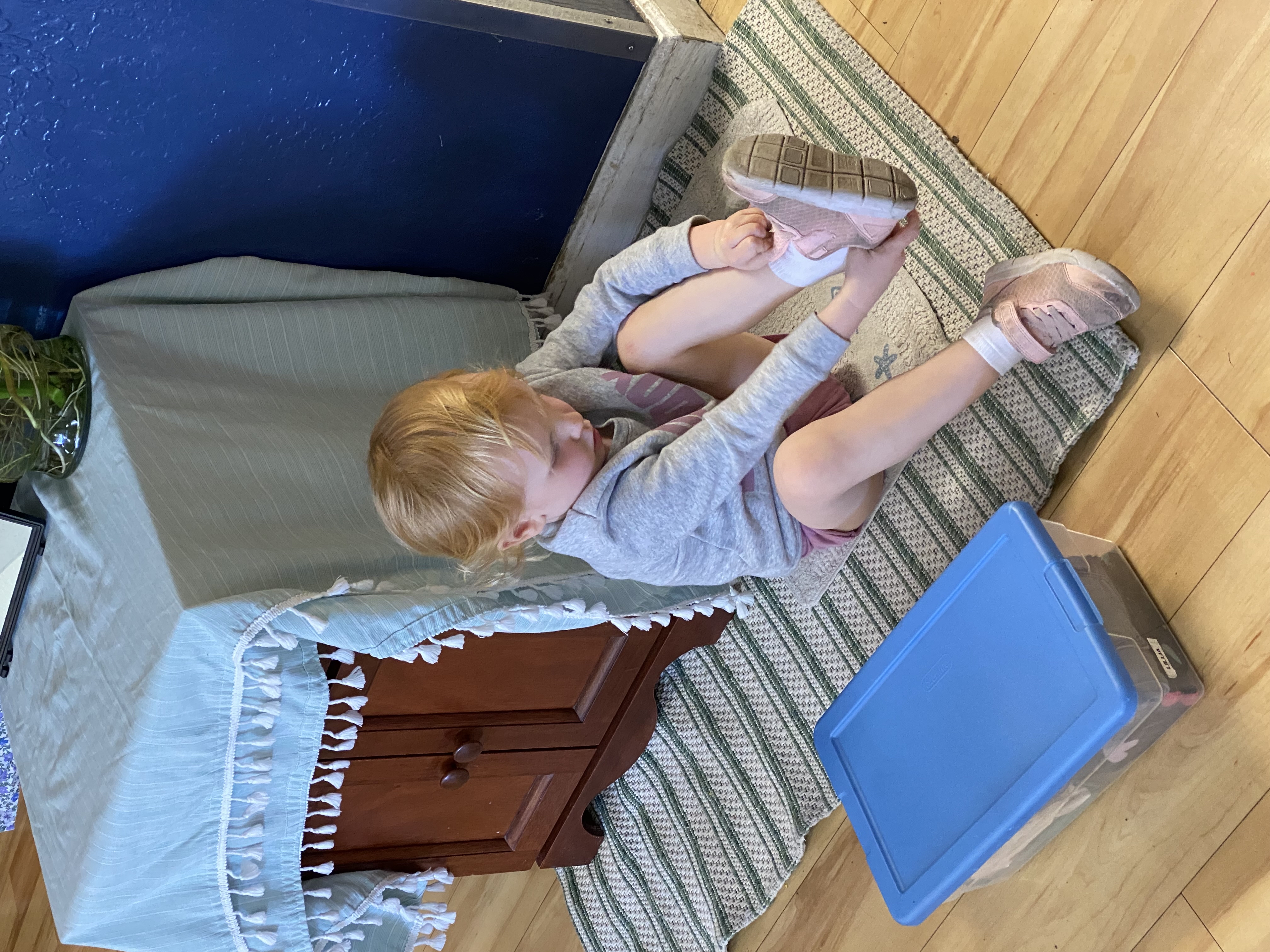
Why Diapers to Underwear
- November 14, 2022
- Posted By : Sarah
- 0 Comment
-
What, No Pull-Ups?
Part 2 of a 3 Part Blog Series
By Colleen Noll
Regular Underwear. No pull-ups, no thick underwear, no plastic pants
Why no pull-ups? Using pull ups to toilet learn during the day can hinder the process.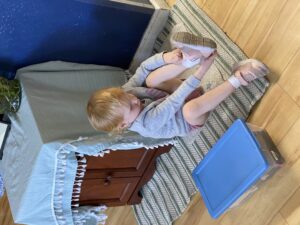
A pull-up is really close to a diaper, with new designs meaning the absorbency is so good the child will feel wet for just a few seconds before it is magicked away.
The trouble with this is, to the child nothing has changed. You’ve decided that potty training has begun, but if they’re still wearing what is effectively a diaper the child won’t have fully received the message.
Just because the child can pull them up and down like a pair of underwear, doesn’t mean they will.
Let’s talk about the process.
- Child is to ride to school in underwear – Parent talks with child about wearing underwear to school, no more diaper. (Accidents will happen, it is ok, acknowledge the accident, be prepared to protect the car seat)
- Child will ride home from school in underwear
- Check-in meeting with the family will be held in 30 days
Expectations at School
- Children are changed in the standing position once they can stand on their own. (12 months)
- Offer toilet every 30 minutes – if child does not want to try, it is ok
- Child may sit and nothing will happen. Note: flushing the toilet is a draw for young children. The guide will only allow the child to flush if the child peed in the toilet. Explaining; “it is important that we save water, we only flush if there is pee or poo in the toilet”.
- If the child has an accident, the guide sits near/next to the child and gently assists the child to change clothing. Note: if the child has clothing that is easy to remove and wear, the child will gain confidence in the process and continue to try.
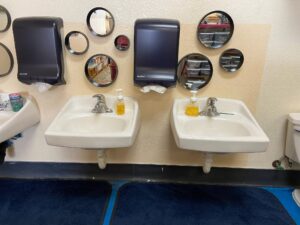
The Pre Primary Guide will Use Language Such As
- “You did it, you peed in the toilet” (no big celebrations or hi-5’s)
- “You didn’t make it to the toilet, that is ok, you can change your clothes”
- “Let’s get your extra clothes, you can change your pants”
- “It’s ok, you are just a little wet, I will help to clean your body, you can put new socks on”
- For bowel movement: children are typically on a schedule, if the child has a bowel movement at school, the guides know the timing and will assist the child to sit on toilet and try.
- The guide will use baby wipes to help clean the child after an accident
Once the child uses the toilet, the guide will show the child how to use the toilet paper. The guide will ensure the child is clean before pulling pants up. If the child gets some poop on the underwear, the guide will gently speak to the child and have them change their underwear. Most children prefer clean underwear.
- Once the child is using toilet paper, baby wipes will no longer be used.
- Once the child has either used the toilet or changed clothing, they will wash their hands with soap and water.
- Children in the process of toilet learning will start out wearing a diaper at Nap Time. The guides will look for a pattern of a dry diaper after nap time. Once the diaper is dry for a period of time, the child will begin to wear underwear during nap time. This is also encouraged at home. The guide will notify the parent through the “toileting tracker” when the child is dry during nap time.
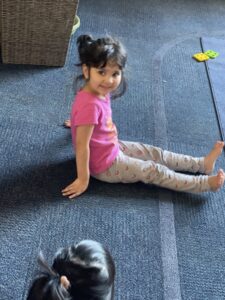
Parent Meeting – Check-In After 30 Days
The Lead Guide will meet with the Head of School, if the child has been successful with the toilet learning, the guide will send congratulations to the family. If the child is still working on toilet learning, the guide may check in with the family, reiterate the importance of consistency at home and weekends and keep trying.
Toilet Learning and Language
It is important that children understand the language you use during toilet learning. Quite often there is some embarrassment in using certain words, remember to consider your attitude when interacting with children, if you are embarrassed talking about certain body parts or bodily functions your child could also learn this attitude. Using the toilet is an everyday event and being comfortable explaining the process and body parts to children is important as it is a natural part of our lives. It is important to feel comfortable using adult words around children like to describe body parts and functions.
We recommend considering your language when inviting children to use the toilet always keep it clear, direct and positive, for example “You may go and sit on the toilet” if the child refuses, maintain positive language “you need to sit on the toilet so that you can pee”. Never force a child on the toilet against their will or use language in a negative way saying they “must sit on the toilet”. When a child pees on themselves try not to refer to this as a negative event. Say, “you are wet, we need to sit on the toilet when we pee” making sure to sit the child on the toilet after the event and change wet underwear. Always remain calm and in control of emotions, 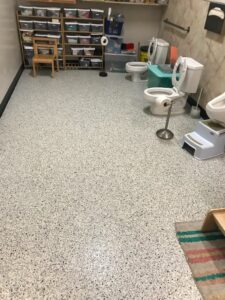 model this behavior for the child.
model this behavior for the child.
Next Up: Signs of Readiness
Book a tour with MSOSV today, let’s work together to transition your pre primary age child into underwear.




 model this behavior for the child.
model this behavior for the child.